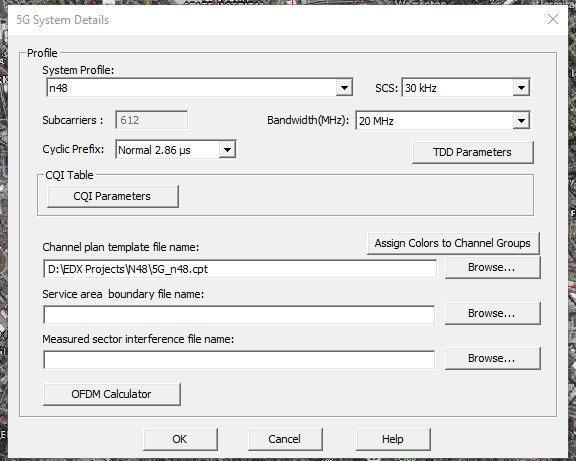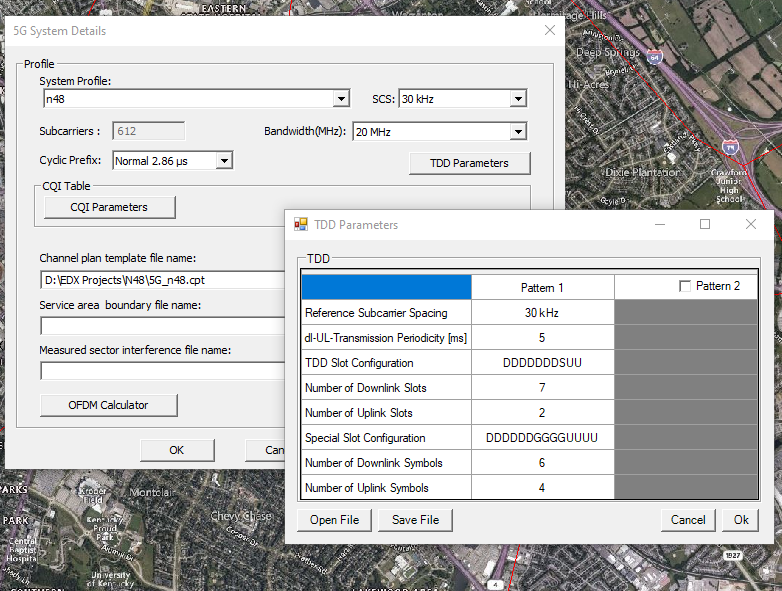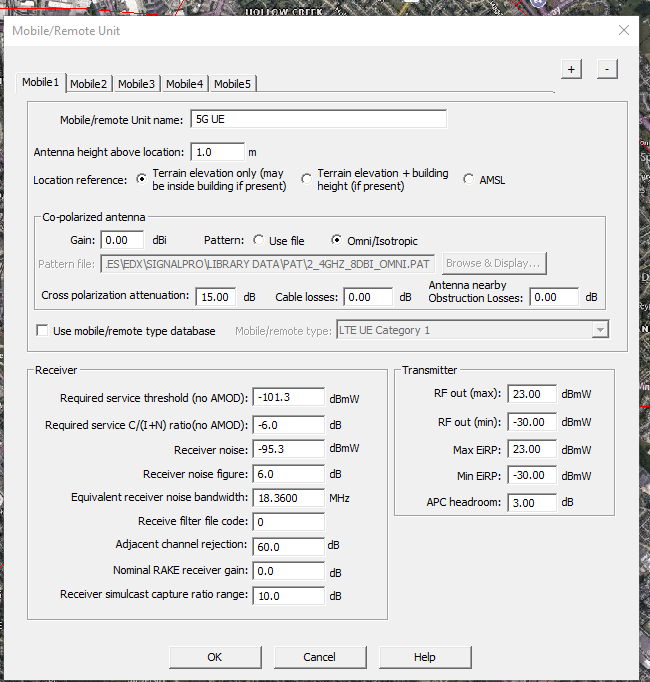In 2015, the FCC adopted rules for shared commercial use of the 3550-3700 MHz band (3.5 GHz band). The Commission established the Citizens Broadband Radio Service (CBRS) and created a three-tiered access and authorization framework to accommodate shared federal and non-federal use of the band. Rules governing the Citizens Broadband Radio Service are found in Part 96 of the FCC’s rules.
Access and operations will be managed by an automated frequency coordinator, known as a Spectrum Access System (SAS). When managing spectrum access, SASs may incorporate information from an Environmental Sensing Capability (ESC), a sensor network that detects transmissions from Department of Defense radar systems and transmits that information to the SAS. Both SASs and ESCs must be approved by the Commission. SASs will coordinate operations between and among users in three tiers of authorization in the 3.5 GHz band: Incumbent Access, Priority Access, and General Authorized Access.
For more information about the history of 3.5 GHz band and Citizens Broadband Radio Service, search EDOCS or ECFS for Docket Numbers 12-354, 17-258, 15-319, and 19-244.
FCC Base Station and device power settings
Part 96.41(b) of the FCC rules states:
Power limits. Unless otherwise specified in this section, the maximum effective isotropic radiated power (EIRP) and maximum Power Spectral Density (PSD) of any CBSD and End User Device must comply with the limits shown in the table in this paragraph (b):
1Category B CBSDs will only be authorized for use after an ESC is approved and commercially deployed consistent with §§96.15 and 96.67.
§96.43 Additional requirements for category A CBSDs.
(a) Category A CBSDs shall not be deployed or operated outdoors with antennas exceeding 6 meters height above average terrain. CBSDs deployed or operated outdoors with antennas exceeding 6 meters height above average terrain will be classified as, and subject to, the operational requirements of Category B CBSDs.
(b) When registering with an SAS, Category A CBSDs must transmit all information required under §96.39. This transmission shall also indicate whether the device will be operated indoors or outdoors.
(c) Any CBSD operated at higher power than specified for Category A CBSDs in §96.41 will be classified as, and subject to, the operational requirements of a Category B CBSD.
§96.45 Additional requirements for category B CBSDs.
(a) Category B CBSDs must be professionally installed.
(b) In the 3550-3650 MHz band, Category B CBSDs must be authorized consistent with information received from an ESC, as described in §96.15.
(c) Category B CBSDs are limited to outdoor operations.
(d) When registering with an SAS, Category B CBSDs must transmit all information required under §96.39 plus the following additional information: antenna gain, beamwidth, azimuth, downtilt angle, and antenna height above ground level.
Signal Pro Settings
Follow the steps as specified in 5G Project Setup using the following project template:
Ensure that the system profile, SCS, and bandwidth are correct.
Select the channel plan template file. An example is attached in the project template.
Select the TDD configuration.
The D’s are downlink slots/symbols, the U’s are uplink slots/symbols, the S’s are for the special slot typically where the transition from downlink to uplink occurs and are configured on a symbol basis. The G’s are guard period symbols. See vendor specs for more information.
Configure the cells as per other technologies in sectors dialog. Note the maximum EIRP for n48 sectors is 47 dBm. See FCC part 96 for more information.
Configure the receiver. Note the UE power cannot exceed 23 dBm for mobile UE’s. See FCC part 96 for more information.
Note the noise bandwidth varies and is not exactly the channel size. See tables below for actual noise bandwidths.
FR1 Bandwidths
FR2 Bandwidths
All other standard Signal Pro settings should apply.







